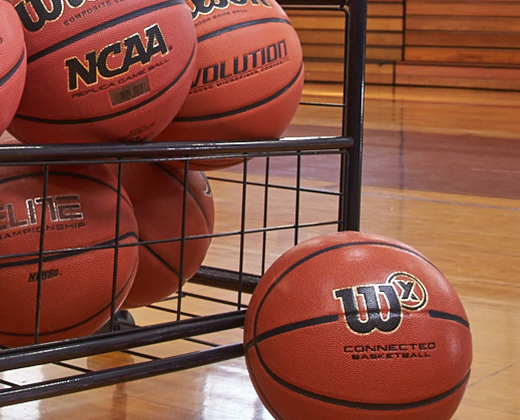Basketball 101: Inbound Pass
Being able to successfully complete an inbound pass can help set your team up for a rewarding offensive series.
The inbound pass might seem like a simple play during a basketball game. But it can take hard work during practice to be able to successfully inbound the ball to a teammate.
It is important to understand the fundamentals of inbounding the ball. An inbound pass occurs after:
- A non-shooting foul has occurred.
- The ball goes out of bounds.
- A dead ball, such as a jump ball or the end of a quarter.
- A made basket.
When inbounding, the referee hands you the ball as you stand out of bounds. You have five seconds to inbound the ball. If you are unable to make an inbound pass, call a timeout. Otherwise, it’s a turnover.
There are two types of inbound passes:
- On-the-Spot: When this occurs, you are not allowed to move when inbounding the ball. You must select a pivot foot and rely on your ball fakes and teammates’ cuts to find an open player and inbound the ball.
- Running the Baseline: This occurs after a made basket. In this situation you are allowed to run the baseline in order to inbound the ball. You do not have to stay in one position. If under pressure from the other team, running the baseline can help you find an open teammate for a proper inbound. If you have to call a timeout before making an inbound pass in this situation, you will still be able to run the baseline after returning to play.
In both cases, if you call a timeout to avoid a five-second call and turnover, your five-second clock will reset after the stoppage of play.
Learning the rules associated with the inbound pass is key in understanding the game.
Once you inbound the pass, your team will need to be able to successfully move the ball around the court. Check out these four passing drills to help your team find better success on offense.








